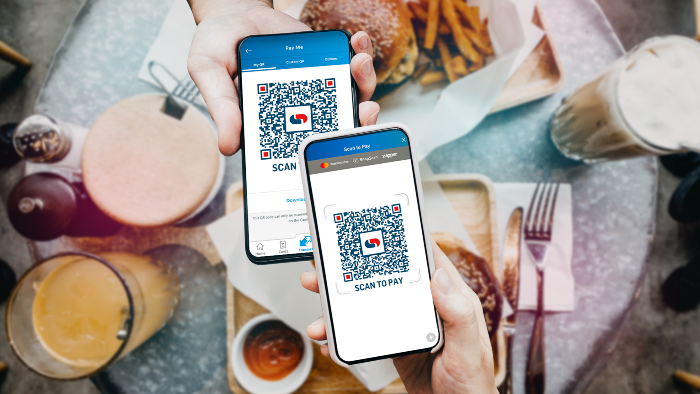A New Wave of Inclusive Retail Tech
Accessibility innovation is quietly transforming how South Africans experience public spaces. Clearwater Mall in Roodepoort, Johannesburg, has become one of the first shopping centres in the country to introduce an on-demand sign-language interpreting service powered by QR codes.
The concept is simple but powerful. Shoppers who are deaf or hard of hearing can scan a QR code displayed at customer service points or store entrances. Within seconds, a qualified South African Sign Language (SASL) interpreter appears via a live video call, bridging communication between shoppers and staff.
No ad to show here.
It’s fast, discreet, and doesn’t rely on pre-booked assistance, a shift toward true independence for customers navigating busy retail environments.
How the Service Works
Each QR code connects to a cloud-based interpreting platform that pairs users with available interpreters. Shoppers can use their own smartphones, or dedicated kiosks located in the mall, to connect instantly.
Because the system runs through standard 4G and Wi-Fi networks, there’s no need for specialized hardware. The experience is designed to feel intuitive, a single scan, a short wait, and direct video translation.
Behind the scenes, trained interpreters follow strict privacy protocols to ensure every interaction remains confidential. The service operates during mall trading hours, making real-time communication accessible on demand rather than by appointment.
Why This Matters for South Africa
In a country where nearly two million South Africans live with significant hearing loss, the availability of real-time sign-language support in everyday spaces is more than a novelty, it’s a statement of inclusion.
South Africa officially recognized South African Sign Language as the nation’s twelfth official language in 2023, and services like this bring that recognition into real-world practice.
From a tech perspective, it also highlights how low-cost, scalable tools like QR codes can solve local accessibility challenges. Instead of relying on expensive devices or complex apps, this approach uses simple, familiar tech to make communication universal.
The Bigger Tech Picture
Retail innovation in South Africa is evolving fast. Malls are using AI-driven analytics for foot-traffic management, cashless parking, and augmented reality store navigation. But this QR-based interpreter service is different, it’s human-centered tech built for empathy, not efficiency.
It also opens the door for similar applications in hospitals, transport hubs, universities, and public-service offices. As edge computing and AI-translation tools mature, we may soon see multi-language real-time captioning or AI-supported interpreting running alongside human translators, enhancing speed and reach without replacing the human element.
Challenges and Next Steps
For now, scaling this model will depend on training enough interpreters, maintaining stable network infrastructure, and ensuring consistency across different venues. Data costs, network stability, and interpreter availability could all become limiting factors if demand grows faster than capacity.
Partnerships between tech providers, property groups, and advocacy organisations will be crucial to sustaining momentum. A standardized model across major malls could turn this pilot into a national accessibility network.
A Small Change with a Big Impact
Sometimes, the most transformative tech isn’t flashy or futuristic. It’s the quiet, human-centered solutions that make daily life smoother for everyone. South Africa’s mall-based QR-interpreter initiative may start small, but it reflects a growing shift in local innovation — where empathy meets engineering, and accessibility becomes part of the design, not an afterthought.
